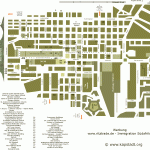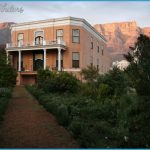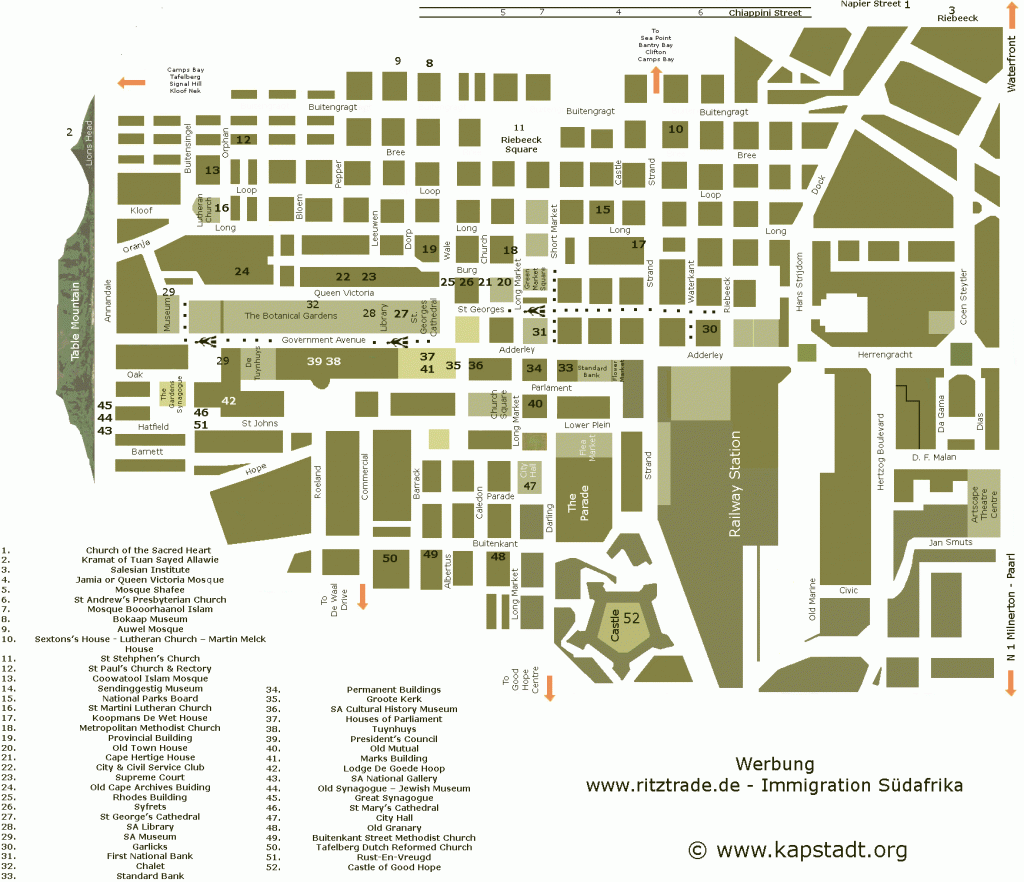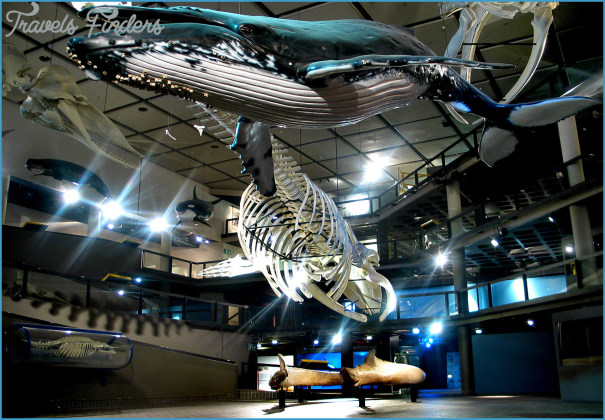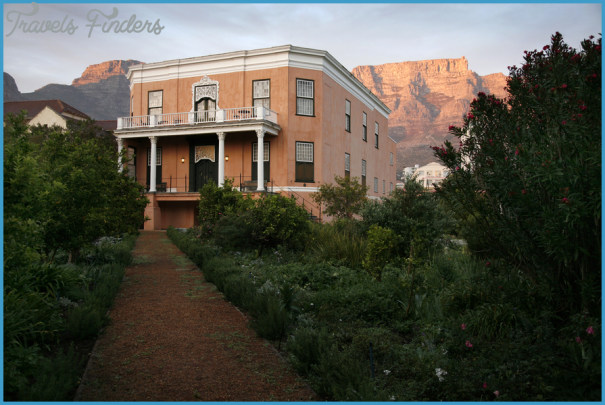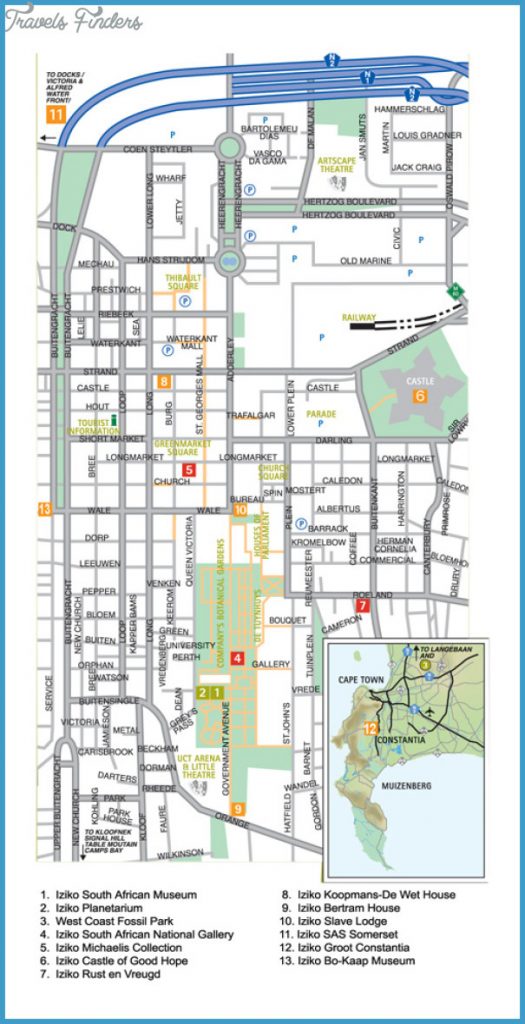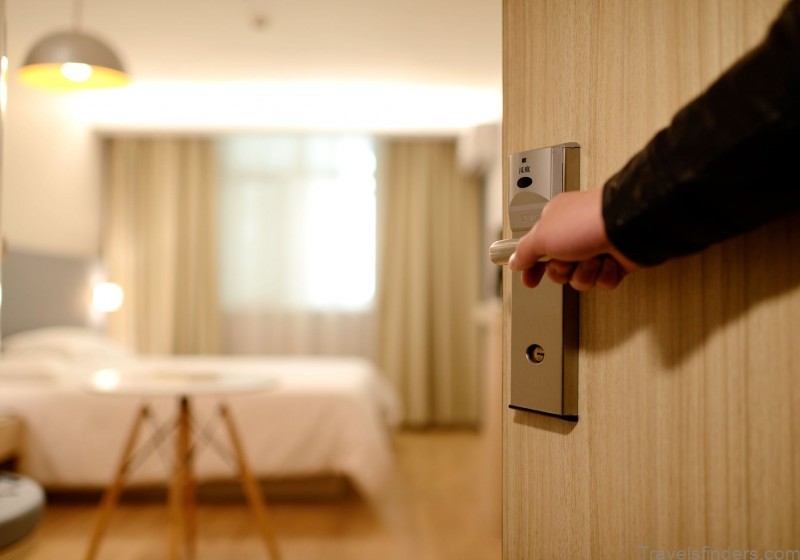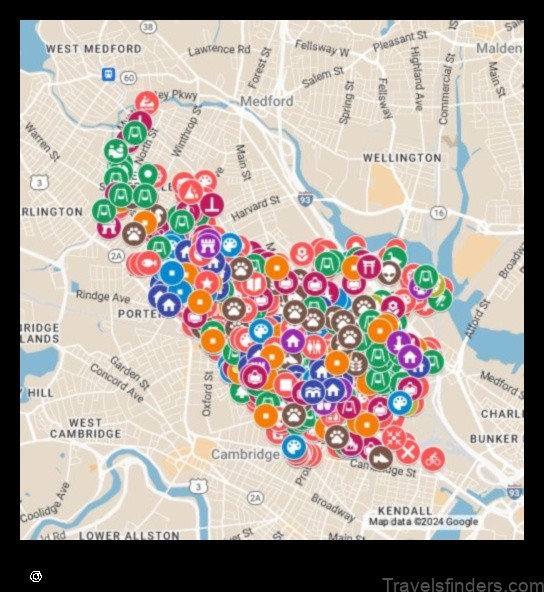In the dining room at the front of the house, by the front door, new wallpaper was matched to Georgian wallpaper for the perfect fit tram House was built in about 1820, at a time when brick houses were fashionable, Britain was in control of the Cape of Good Hope, and a more civilizing attitude to life prevailed. In September 1800, Robert Semple, a Scottish-American merchant who lived briefly in the city, published his impressions of life here, recording that ‘the English… are everyday improving and beautifying the town. Nowhere are the refinements of the day more evident than in this surviving ‘house museum, where the recreated interiors uniquely reflect the style and furnishing fashions of a wealthy English-Cape residence of the Georgian period.
BERTRAM HOUSE MUSEUM Gardens Cape Town Photo Gallery
Simple and double storeyed, it is the only late-Georgian redbrick house to have survived in Cape Town. At one time a boarding house, at another an office of the Union Health Department, situated at the Government Avenue edge of UCT’s Hiddingh Campus, Bertram House strikes an odd note. One of the many buildings to have been erected in the Company’s Gardens, it wasn’t always the lone note of domesticity that it is today, partially hidden by a low wall that separates it from the busy traffic of Orange Street, its pretty, weather-beaten facade looking out over a small, tangled garden.
Today, dark and silent inside, it’s as dreary as anything until you throw the shutters open and let the sun beam in. What an exquisite little place. The nucleus of its content was provided by Winifred Ann Lidderdale’s bequest in 1977. Mrs Lidderdale, whose grandmother had inherited the Mount Nelson estate, with its deer park and lovely grounds where Winifred Ann played as a child, had family ties with the Cape that went back to late in the 18th century. Her great-grandfather, whom Lady Anne Barnard had commended in a letter home, had his country estate at San Souci in Newlands and was a prominent member of the economic, political and cultural life of the colony. His daughter, Mrs Lidderdale’s grandmother, received painting lessons from Thomas Bowler. Her painting of the Mount Nelson house and garden hangs in the hall at Bertram House. Childless, Mrs Lidderdale wanted to leave her family’s heirlooms and her own collections to a museum that she would establish to commemorate the British contribution to life at the Cape. When she died, aged 95, the South African English press paid tribute to her as a conservator of English culture in the community.
So there it is: Bertram House opened as a Georgian house museum in 1984. ‘Particular attention has been given to the interior decoration of an English residence at the Cape of Good Hope, writes Mary van Blommestein in Ann Lidderdale and Bertram House: A private dream becomes a public reality. Not only does her bequest form the nucleus of the collection, but the Lidderdale Trust Fund also makes provision for the purchase of appropriate pieces to augment the original holdings. The bequest comprises 10 major collections, of which the largest is porcelain, mainly English, represented by Spode, Rockingham and Worcester tea sets, and a number of Minton, Wedgwood and Derby dinner and dessert services. There’s a collection of English period furniture, including Hepplewhite and Sheraton chairs and sofas, and there are oriental carpets in the textile collection. There’s also a brassware collection, and Georgian glasses in the dining room Elsewhere there’s English silver. In Cape Town, this museum is unique.
After the second occupation of the Cape Colony by the British in 1806, local architecture came strongly under English influence. Between 1820 and 1837, it became fashionable to build Georgian-style brick houses in South African towns. Bertram House, block-like, plain and unadorned, is a unique survivor in Cape Town. The entrance is through the porch, which shields the front door from the Cape’s southeasterly winds.
The drawing room, divided by large folding doors, is furnished in the style of the late-Georgian period. On the far left is the desk at which Mrs Lidderdale liked to be photographed.

